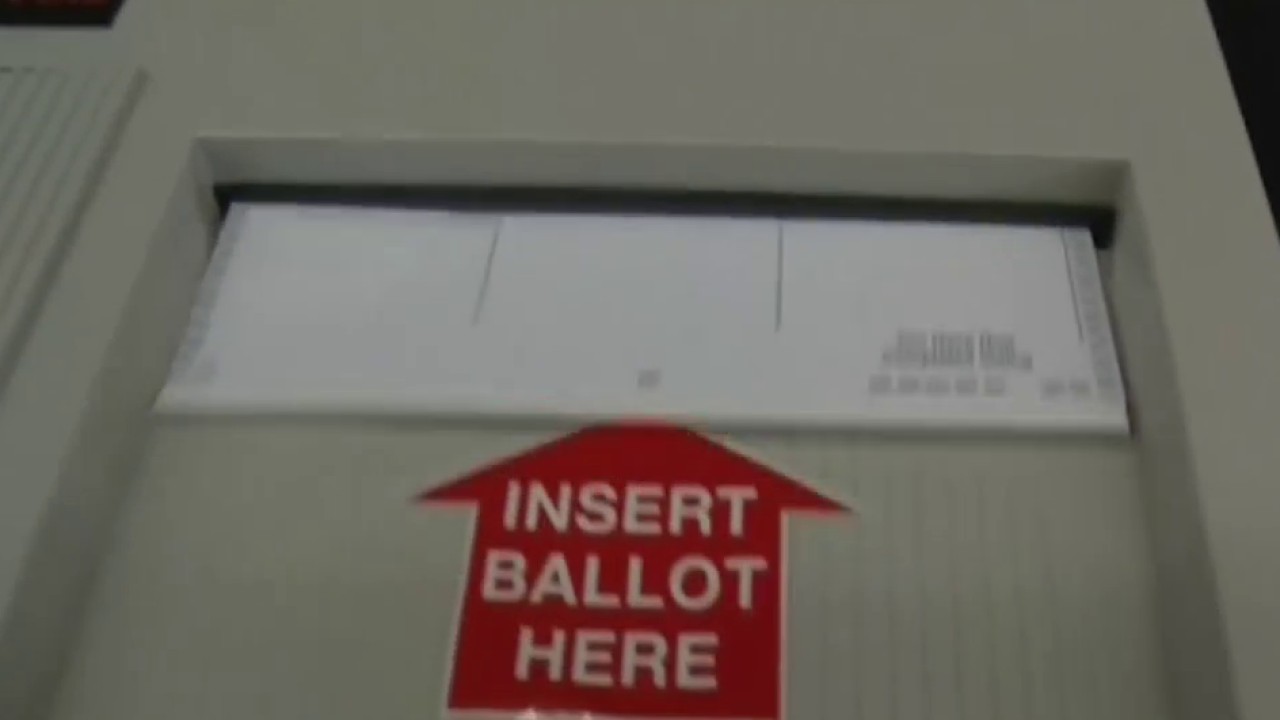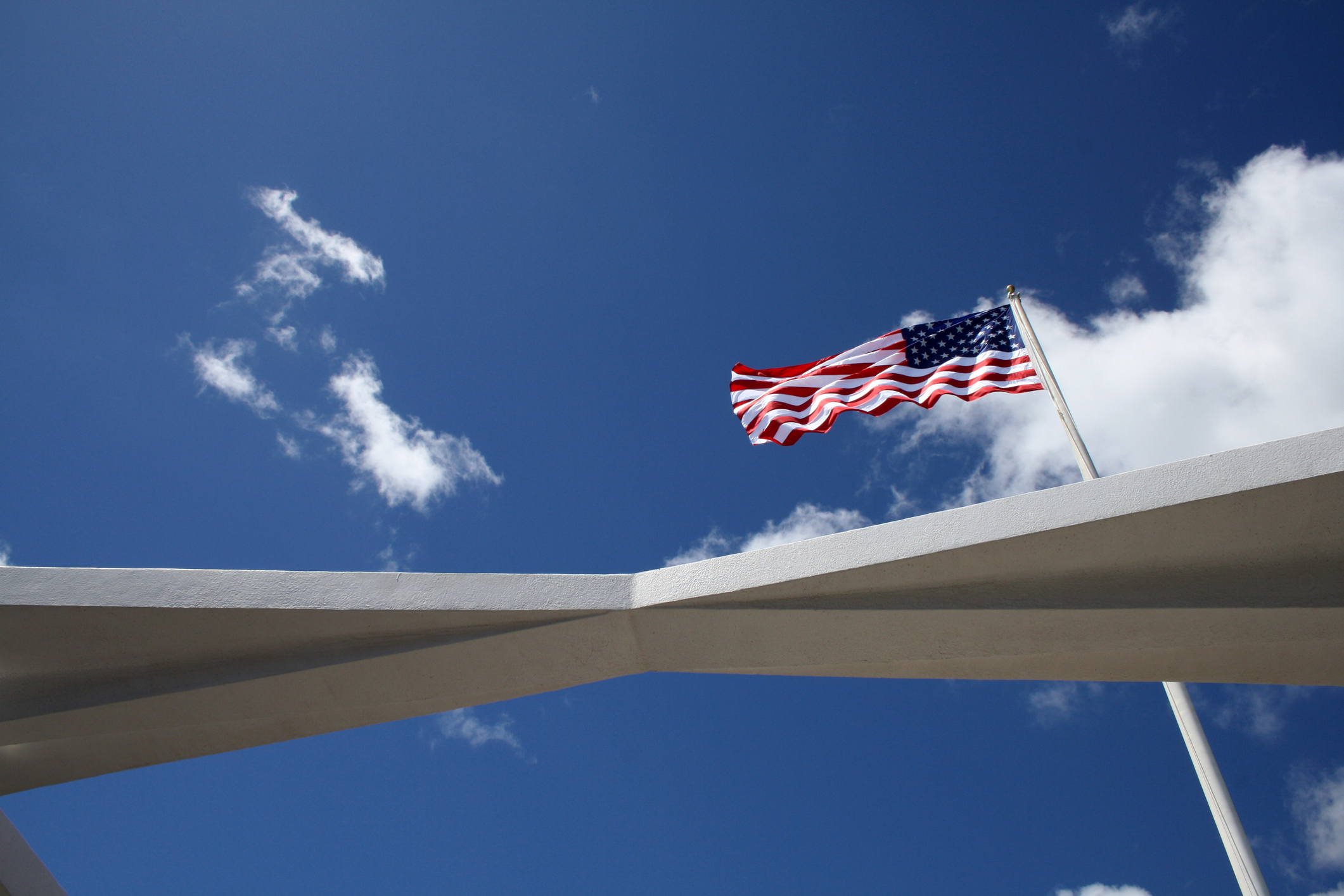In this era of crumbling infrastructure, shrinking federal dollars, and political uncertainty---big metropolitan transit agencies chase every dollar they can. This week, Metra hiked fares in hopes of raising millions of dollars for badly needed equipment improvements. And, on an ongoing basis, the agency pursues what it terms “non-fare revenue” to try and increase their coffers.
Revenue gathered outside the ticket windows includes advertising. And while ads are displayed in many areas of the Metra system, perhaps the most prominent are the big wraps which envelop entire rail cars and locomotives.
“So far, from 2009 to date we’ve got about 20 cars we’ve wrapped, and a couple of locomotives,” says Don Orseno, Metra’s executive director. “It’s an enormous job, but it’s pretty cool when you see it done.”
Pretty cool, and in some cases, pretty lucrative.
Every year, Metra takes in about $2.6 million dollars---not just from the wraps---but from all forms of advertising.
“Any time we can generate revenue from non-fare revenue, meaning advertising and things like that,” says Orseno, “that’s that much less that we’ve got to look at from our customers and our riders.”
It’s not an inexpensive process. Labor and material to wrap a locomotive is about $10 thousand. To wrap a car, about $15 thousand. Those costs are of course folded into the ad, but the payoffs can be huge. After all, trains attract a lot of attention and become defacto rolling billboards for their customers.
Local
“Any way that a brand can actually meet up with people in the wild is a smart idea,” says E.J. Schultz with Advertising Age. “Because people are walking around with their smart phones in their hands, they’re more liable to look up a brand on their phone that they might see an advertisement for.”
It’s no secret that advertisers are becoming more and more frustrated with traditional outlets like print and television. Newspapers have watched ad spaces wither before their eyes, while DVR’s have given TV viewers the ability to zip past commercials without watching.
“Certainly marketers are just doing gymnastics to try and figure out how to reach consumers these days,” says Schultz. “So any way that they can get in front of someone where they know they have a pretty good chance that a person is going to look at their ad for a second or two, is something they’re willing to try.
Enter Metra. After all, it’s hard to fast forward past a train.
“I would wrap every train, every locomotive, everything if we could,” says Orseno. “Anything we could do to hold down the fares for our customers is what we’re looking for.”
But as lucrative as Metra’s advertising has become, it’s actually on the low end of the transit marketing business. The Chicago Transit Authority enjoys about $28 million in advertising revenue every year, more than five times Metra’s take.
But CTA has advantages. Their ads run on both buses and trains. CTA stations offer more opportunities for static billboards. And the agency’s buses and trains travel almost exclusively in congested metropolitan areas, while Metra trains often travel through sparsely populated rural communities. Many advertisers might simply see the CTA as giving them more bang for their buck.
Still, every dollar counts.
“Locomotives are, say, six and a half million dollars,” notes Orseno. “Cars are 3 and a half million dollars. You need to continually rebuild your fleet.”
So, if you’ve ever tried to wrap a bicycle on Christmas eve, imagine wrapping a locomotive. But for the railroad, there is plenty of incentive.
“I think the public is expecting us to do that,” says Orseno. “That’s our job!”



